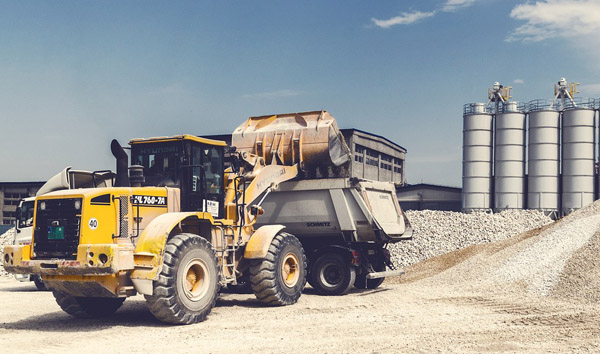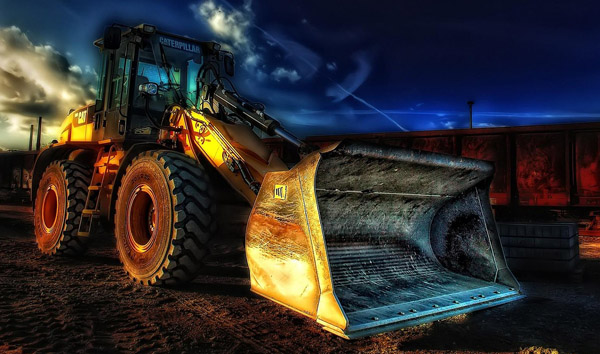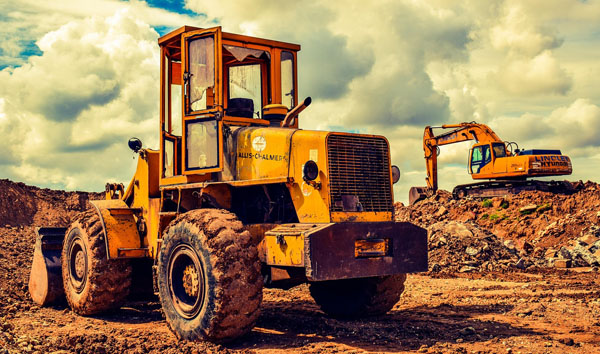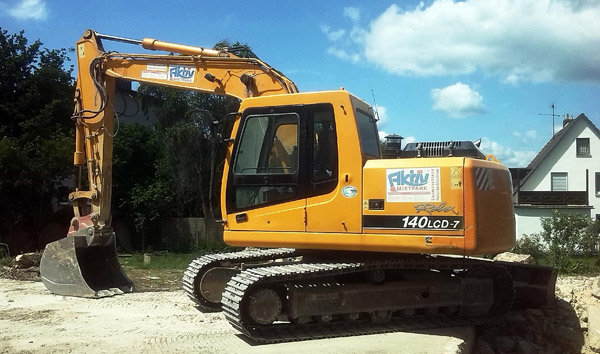Navigating the Limits: Rough Terrain Forklift Lifting Height in Industrial Applications
2025-07-22 05:15:24
The lifting height of a Rough Terrain Forklift is a defining factor in its operational efficiency, particularly in construction, agriculture, and mining sectors. Unlike standard forklifts, rough terrain models are engineered to handle uneven surfaces while maintaining stability at elevated heights. Industry data reveals that most rough terrain forklifts offer lifting heights ranging from 10 to 25 feet, with specialized models exceeding 30 feet for heavy-duty applications.
A key consideration when evaluating rough terrain forklift lifting height is load capacity degradation at higher elevations. Tests conducted by OSHA indicate that a 10% reduction in maximum load capacity occurs for every additional 3 feet of lift beyond 15 feet. For instance, a forklift rated for 10,000 lbs at ground level may safely handle only 7,000 lbs at 20 feet. This trade-off between height and capacity necessitates careful planning for operators working on rugged job sites.
Technological advancements have significantly improved rough terrain forklift lifting height safety. Modern models incorporate dynamic stability systems, tilt sensors, and automatic load moment indicators to prevent tip-overs. According to a 2023 industry report, these features have reduced height-related accidents by 42% compared to 2018 data. However, operator training remains crucial, as 68% of lifting incidents still stem from improper load handling at maximum elevation.
The future of rough terrain forklift lifting height capabilities points toward hybrid power systems and telescopic mast designs. Prototypes tested in European quarries demonstrate 35-foot lifting capacities with 15% better energy efficiency than conventional models. As infrastructure projects demand higher vertical reach in challenging environments, manufacturers are prioritizing both height and stability in next-generation rough terrain forklifts.














